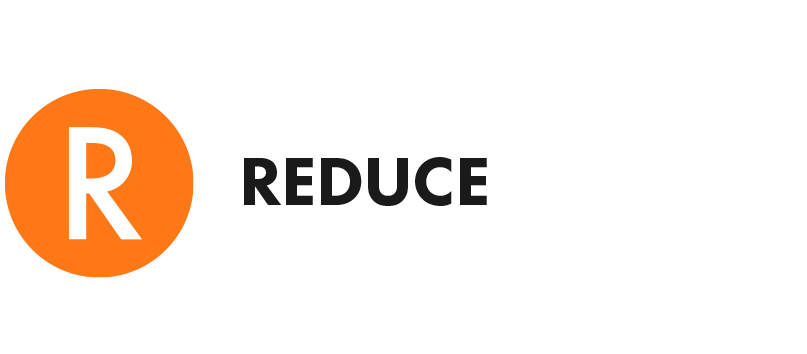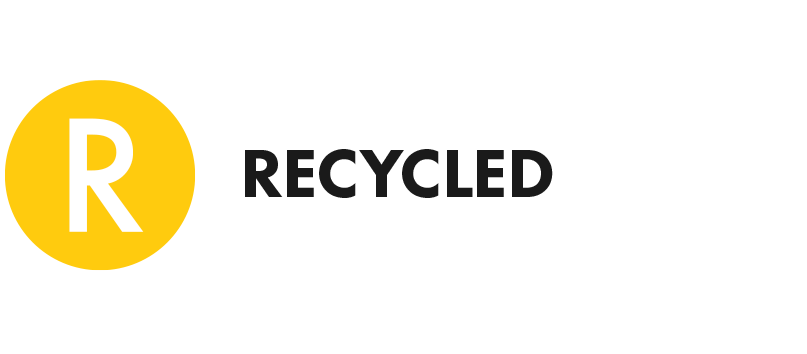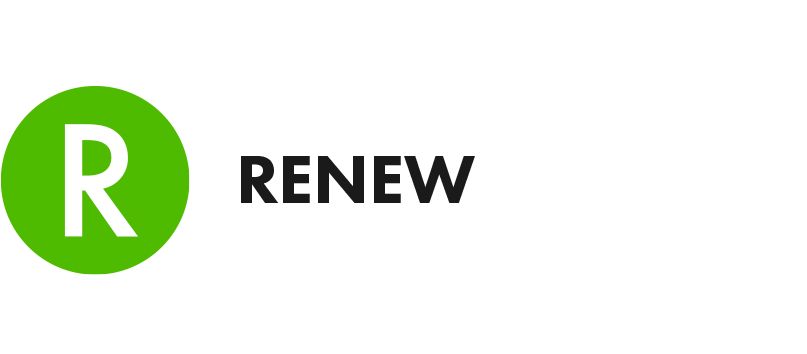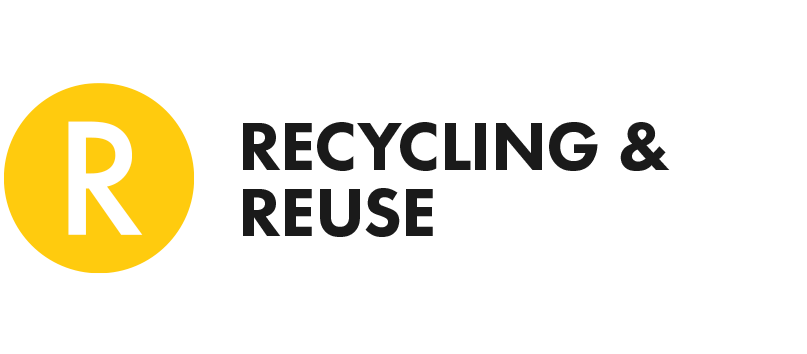Companies have many reasons to make their product packaging more sustainable: the opportunity to drive long-term brand value, consumer demand, and regulatory pressure. But what role do labels play in making your packaging more sustainable?
Your label material choice can have a tangible impact on your packaging sustainability. Not only can you make a difference by using label materials that are resource-optimized or choosing certified renewable raw materials and recycled materials, but also by enhancing your packaging recyclability. Labels, multiplied by millions of packages worldwide, have the potential to make a lasting difference.
The future is built by our choices today. Be the Changemaker – make the switch, close the loop.



